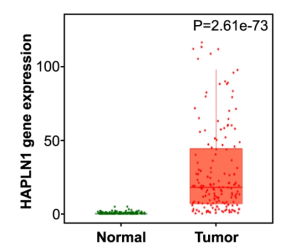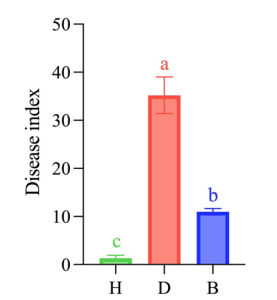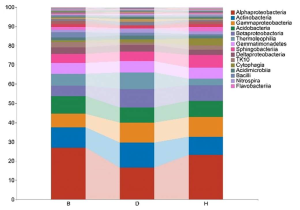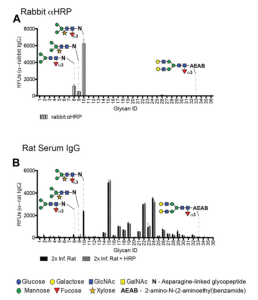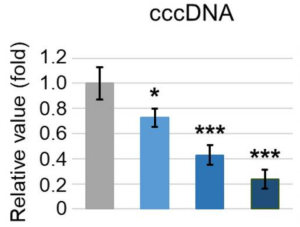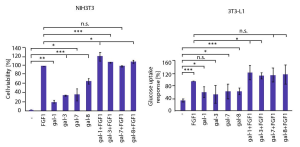Antiviral activities of nanoparticle-like κ-Carrageenan polyelectrolyte complex with Chitosan
A group from G.B. Elyakov Pacific Institute of Bioorganic Chemistry, Far-Eastern Branch of the Russian Academy of Sciences, Vladivostok, Russia, etc. has reported about antiviral activities of κ-Carrageenan polyelectrolyte complex with chitosan
https://www.mdpi.com/1660-3397/21/4/238
Some of the well known polysaccharides of marine origin are the polysaccharides of red algae—carrageenans (CRGs). It is known that CRGs, mimicking heparan sulfate, are potential antivirals that can interfere with the early stages of viral replication, including virus entry, by masking the positive charge of the virus surface receptors to prevent them from binding to the heparan sulfate proteoglycans in the host cell surface. CRGs can be included in pharmaceutical compositions for the prevention or treatment of viral infections with no side effects.
Nanoparticles formation is one of the ways to modulate the physicochemical properties and enhance the activity of original polysaccharides. For this purpose, based on the polysaccharide of red algae, κ-carrageenan (κ-CRG), its polyelectrolyte complex (PEC), with chitosan (CH), were obtained. Obtained average diameter of nano@articles were about 150–200 nm.
The antiviral effect of these compounds was assessed by the inhibition rate of the cytopathogenic effect of the herpes simplex virus type 1 (HSV-1) in Vero cells. As a result, a two-fold increase in the antiherpetic activity (selective index) of PEC compared to κ-CRG and a 13 times increase compared to CH were shown, which was considered to be due to a change in the physicochemical characteristics of κ-CRG in PEC.

